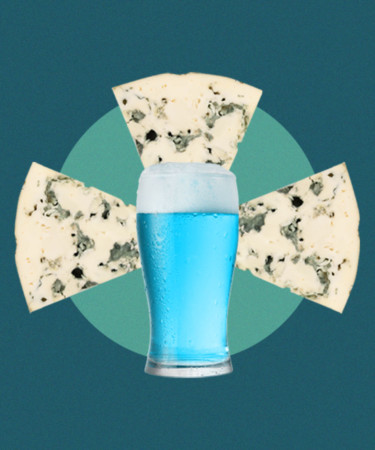Searching through owl excrement is almost a right of passage for many elementary schoolers today, allowing them to see what the animals consumed while alive or how they lived.
Scientists in Austria took that concept to the next level, and uncovered fascinating findings of the drinking and eating habits of Iron Age Europeans, according to a recent study published in Current Biology.
The scientists examined ancient fecal matter (paleofeces) from 2,700 years ago, discovered in the Hallstatt salt mines of the Austrian Alps. By focusing specifically on the fungi present in the human waste, they made a shocking discovery: The local miners from the era feasted on diets that included beer and blue cheese.
“Genome-wide analysis indicates that both fungi [Penicillium roqueforti and Saccharomyces cerevisiae] were involved in food fermentation and provides the first molecular evidence for blue cheese and beer consumption during Iron Age Europe,” Frank Maixner of the Eurac Research Institute for Mummy Studies in Bolzano, Italy, told PhysOrg.
Based on the evidence collected, researchers were able to better understand how ancient humans lived within Europe, and while working (and often living) in the mines. Microbes, DNA, and other proteins found within the waste also shed light on complex fermentation practices.
“The Hallstatt miners seem to have intentionally applied food fermentation technologies with microorganisms which are still nowadays used in the food industry,” Maixner stated.
According to the study, these are some of the first indications of that blue cheese production in Iron Age Europe. If there’s anything we know about human nature, it’s that where there’s fermentation, alcohol is sure to be close by.
